Standing on these peaceful fields today, it’s almost impossible to imagine the chaos and courage that once filled the air. Where cannons once roared, and soldiers clashed, now only wind rustles through preserved meadows and forests. These battlefields tell America’s story through their silence, preserving moments that shaped our nation’s history.
Here are 20 battlefields where you can walk in the footsteps of history and experience their haunting tranquility firsthand.
Gettysburg National Military Park
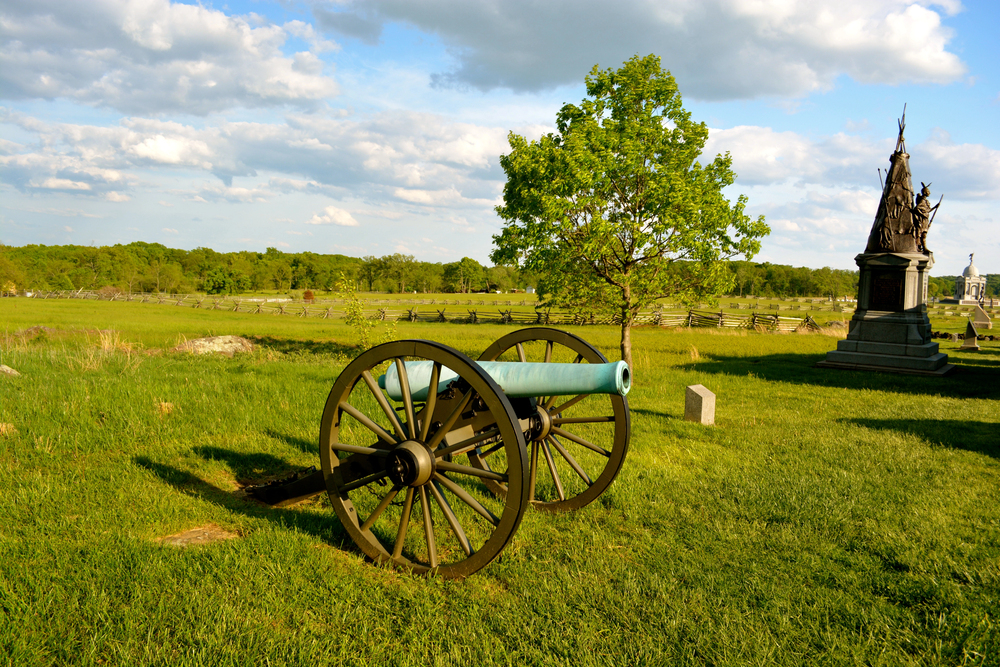
The rolling hills of Pennsylvania’s most famous battlefield now stand in stark contrast to the three bloody days that defined the Civil War’s turning point. Little Round Top’s rocky slope, once desperately defended by Union forces, offers a panoramic view of peaceful fields where Pickett’s Charge took place.
Modern visitors can walk these grounds at sunrise when morning mist creates an otherworldly atmosphere across the preserved landscape. The 1,328 monuments and markers scattered throughout the park tell stories of both grand strategy and personal sacrifice, standing as silent sentinels to history.
Antietam National Battlefield
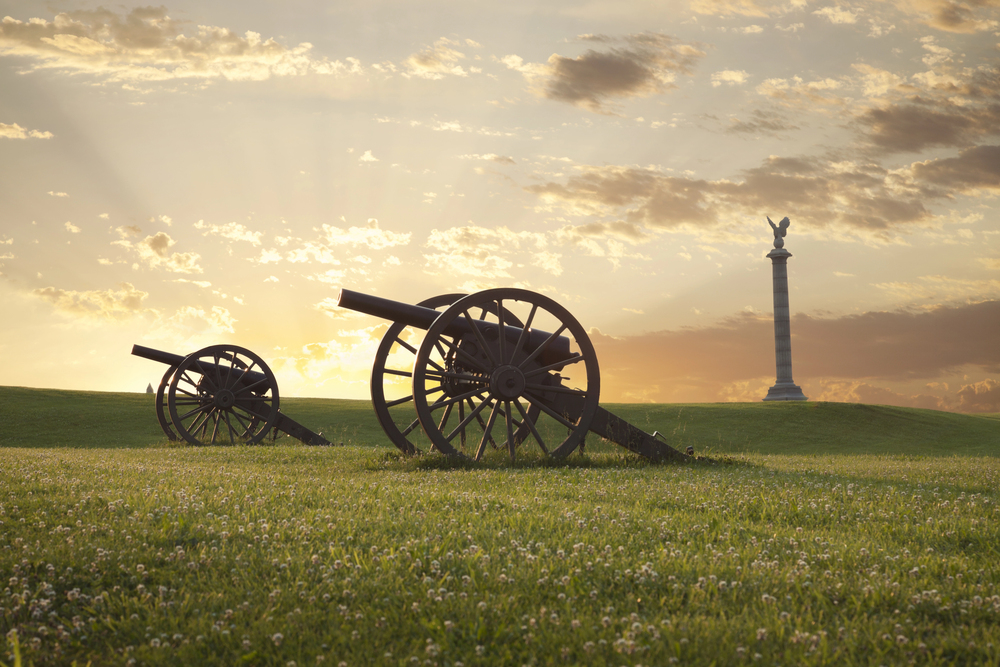
What was once America’s bloodiest single day of battle is now a serene Maryland farmland where split-rail fences line quiet country roads. The infamous Sunken Road, where thousands fell in brutal combat, appears today as little more than a peaceful farm lane bordered by tall grass.
Preserved period farmhouses stand as time capsules, their weathered walls harboring stories of civilians caught in the crossfire. Walking through the iconic Burnside Bridge area at dusk, it’s hard to reconcile the tranquil stream crossing with the desperate struggle it witnessed.
Like Travel Pug’s content? Follow us on MSN.
Little Bighorn Battlefield
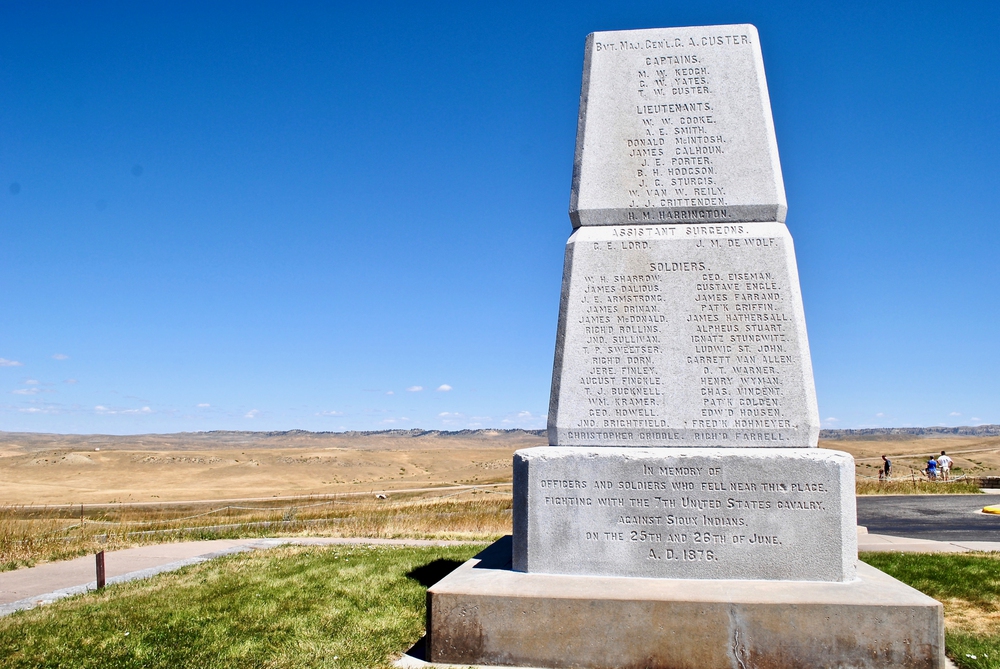
The Montana prairie stretches endlessly around this solemn site where Custer made his last stand. White marble markers dot the landscape like scattered chess pieces, each marking where a soldier fell on that fateful June day.
The windswept hillside offers tremendous views of the surrounding landscape, much as it appeared to both sides during the battle. Native American memorial markers now join the military ones, finally telling the complete story of this complex confrontation.
Valley Forge National Historical Park
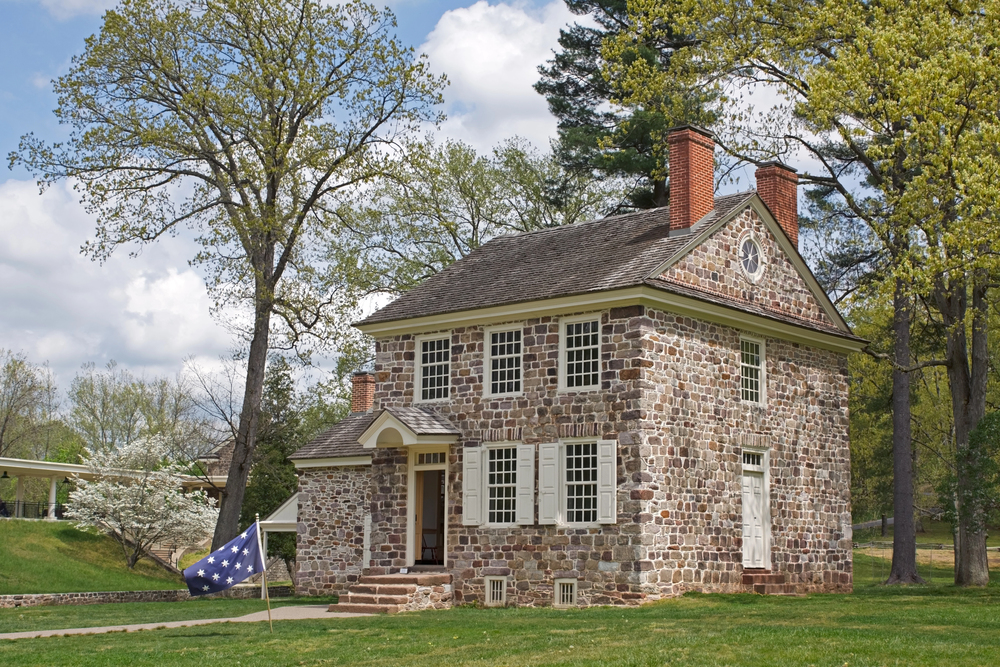
Though not a battlefield in the traditional sense, this Pennsylvania site witnessed a different kind of struggle as Washington’s army fought against winter and deprivation. The reconstructed log cabins stand in neat rows, a stark reminder of the harsh conditions soldiers endured during the winter of 1777-1778.
Modern trails wind through meadows where troops once drilled, now populated by wildlife and weekend joggers. The contrast between the site’s brutal history and its current park-like setting creates a powerful emotional impact.
Yorktown Battlefield
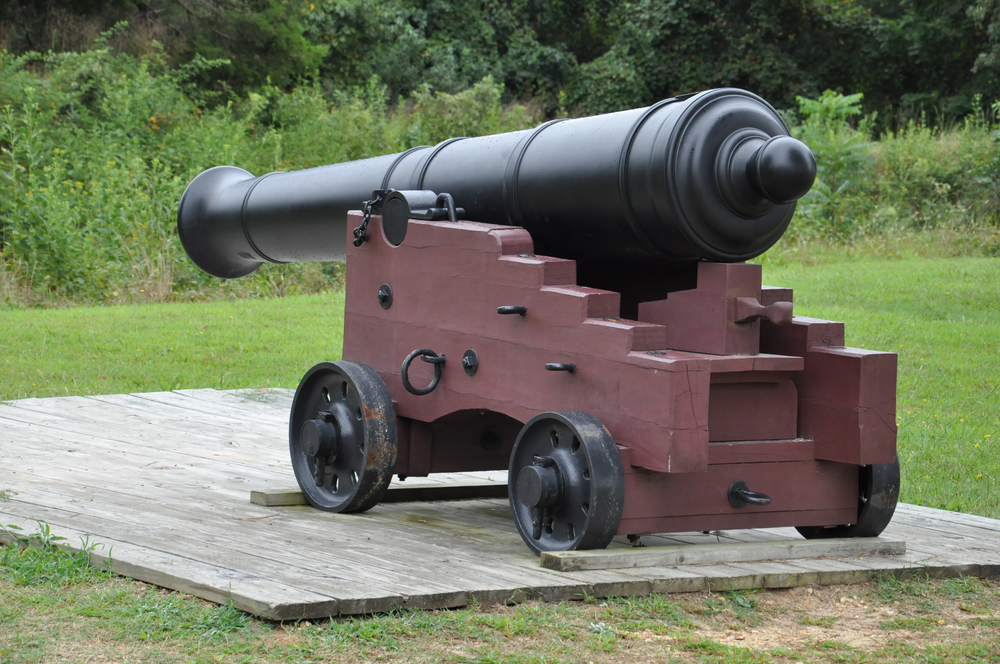
The Virginia coastal plain where American independence was won now serves as a peaceful reminder of victory’s cost. Earthwork fortifications, though softened by centuries, still trace the lines where French and American forces penned in British troops.
The gentle sweep of the York River, once crowded with warships, now offers scenic views to photographers and nature enthusiasts. Walking the surrender road where British troops laid down their arms feels surprisingly moving, even after nearly 250 years.
Like Travel Pug’s content? Follow us on MSN.
Vicksburg National Military Park
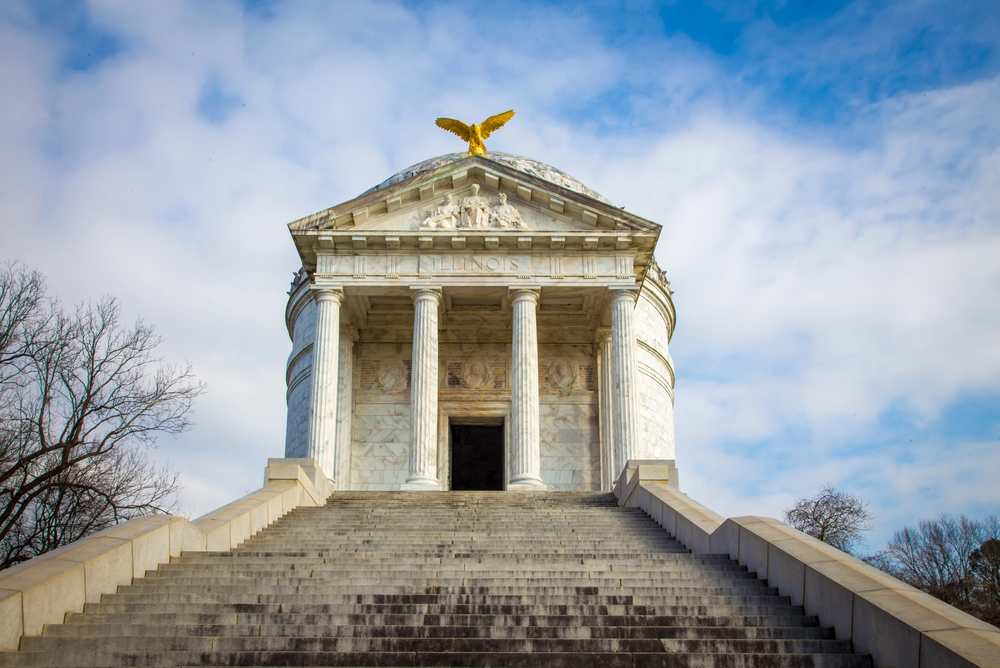
Mississippi’s Gibraltar, once pounded by Union gunboats and artillery, now stands as a serene memorial to both sides’ determination. The preserved trenches and gun emplacements offer stark testimony to the 47-day siege that secured the Mississippi River for the Union.
Modern visitors can drive or walk the 16-mile tour road, stopping at remarkably well-preserved fortifications that once housed desperate defenders. The restored USS Cairo, pulled from the river’s depths, provides a tangible link to the naval aspect of this crucial campaign.
Manassas National Battlefield Park
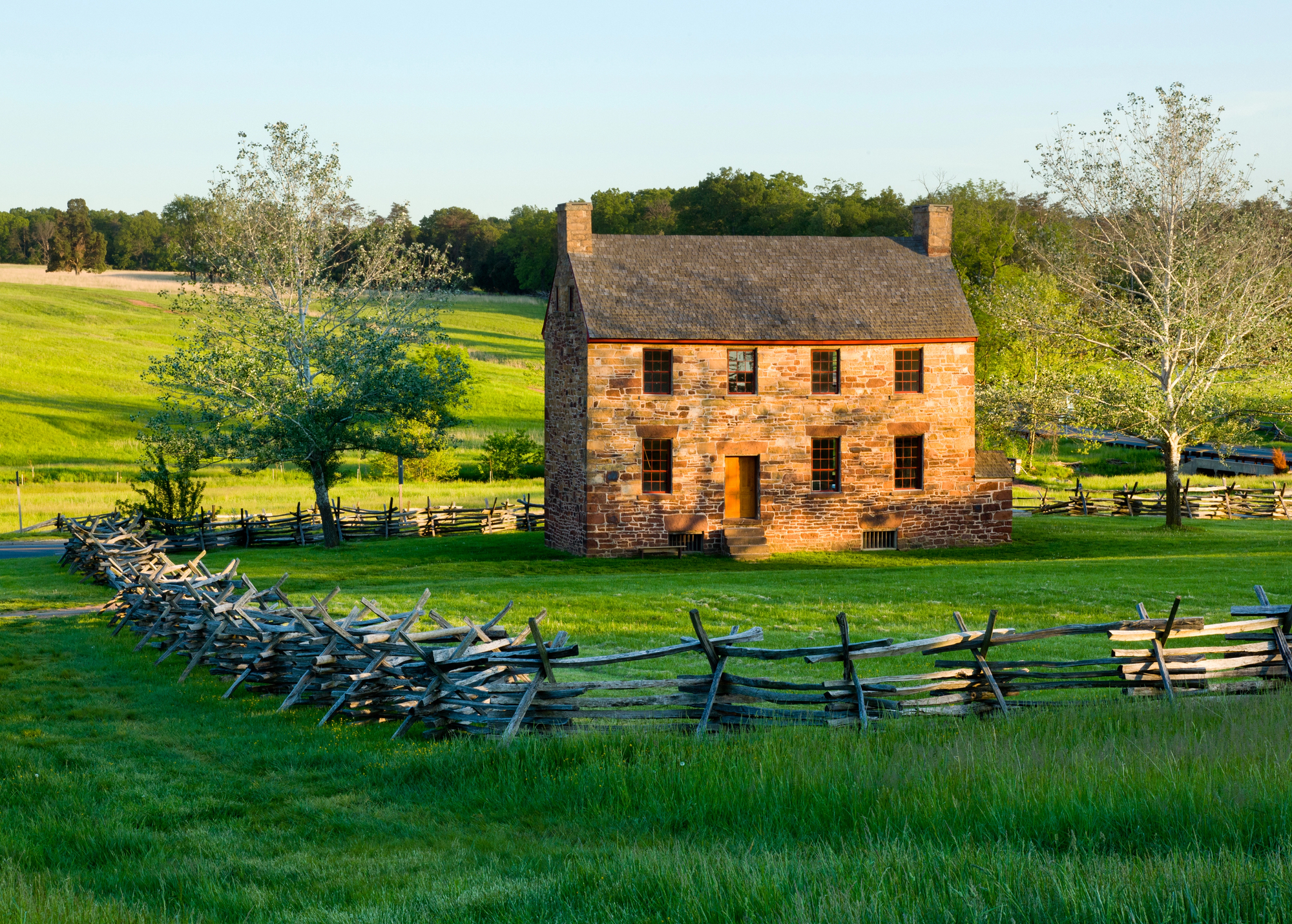
The Virginia fields where the Civil War’s innocence died in two separate battles now offer a peaceful escape from nearby Washington’s urban sprawl. The stone bridge that witnessed both First and Second Manassas stands as a quiet sentinel, spanning the same peaceful creek where troops once clashed.
Henry Hill, where the first major land battle of the Civil War unfolded, now serves as a gentle slope perfect for picnicking families. The preserved Stone House, which served as a field hospital in both battles, remains largely unchanged since those fateful days.
Battle of Saratoga Site
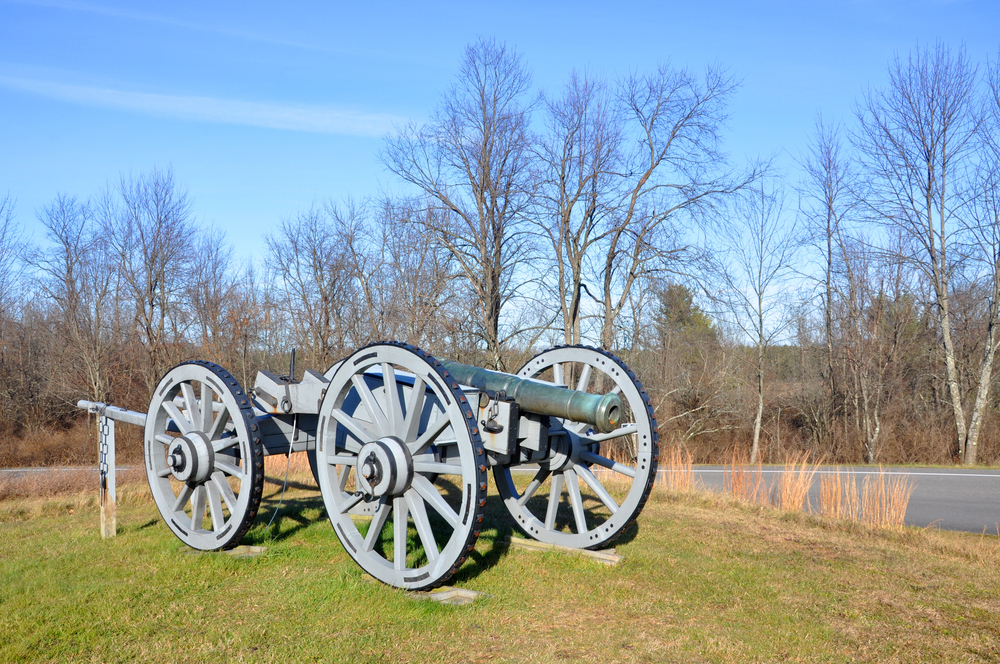
The New York fields where American forces won their first major victory now host hiking trails through the pristinely preserved 18th-century landscape. The famous Boot Monument, commemorating Benedict Arnold’s heroic actions before his betrayal, stands without naming him directly.
Reconstructed fortifications offer visitors clear views of the Hudson River Valley’s strategic importance. The quiet woods where Morgan’s riflemen once hunted British troops now echo only with birdsong.
Like Travel Pug’s content? Follow us on MSN.
Fort McHenry
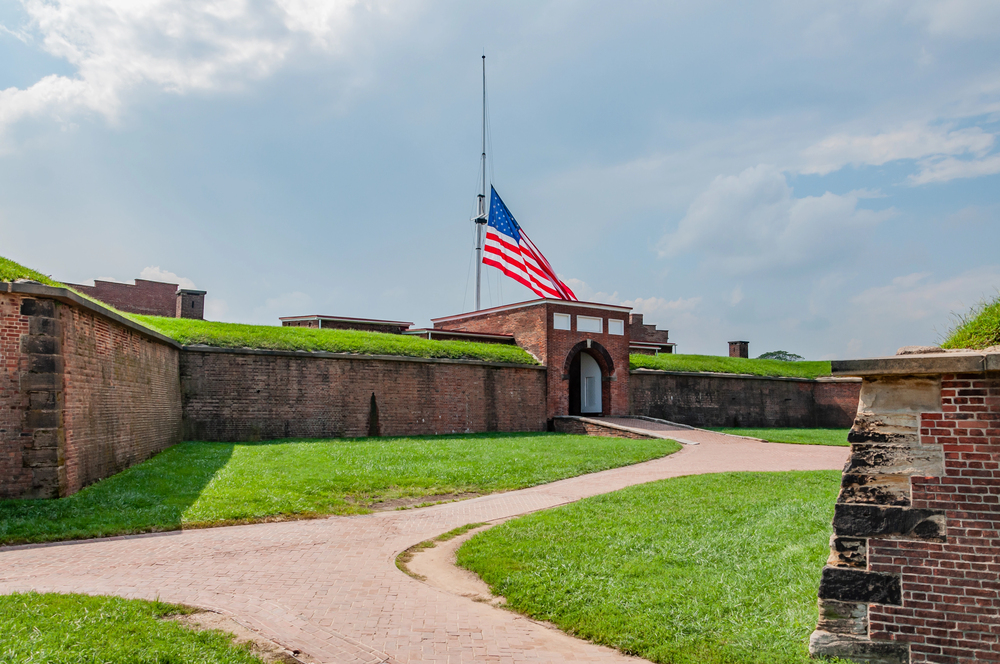
The Baltimore harbor fortress that inspired ‘The Star-Spangled Banner’ now stands as a peaceful reminder of American resilience. The star-shaped fort’s massive walls, once pounded by British warships, now offer spectacular views of the harbor they were built to protect.
Daily flag ceremonies maintain the connection to that famous morning when Key saw the massive garrison flag still flying. Modern visitors can walk the same ramparts where defenders withstood 25 hours of bombardment during the War of 1812.
Chickamauga Battlefield
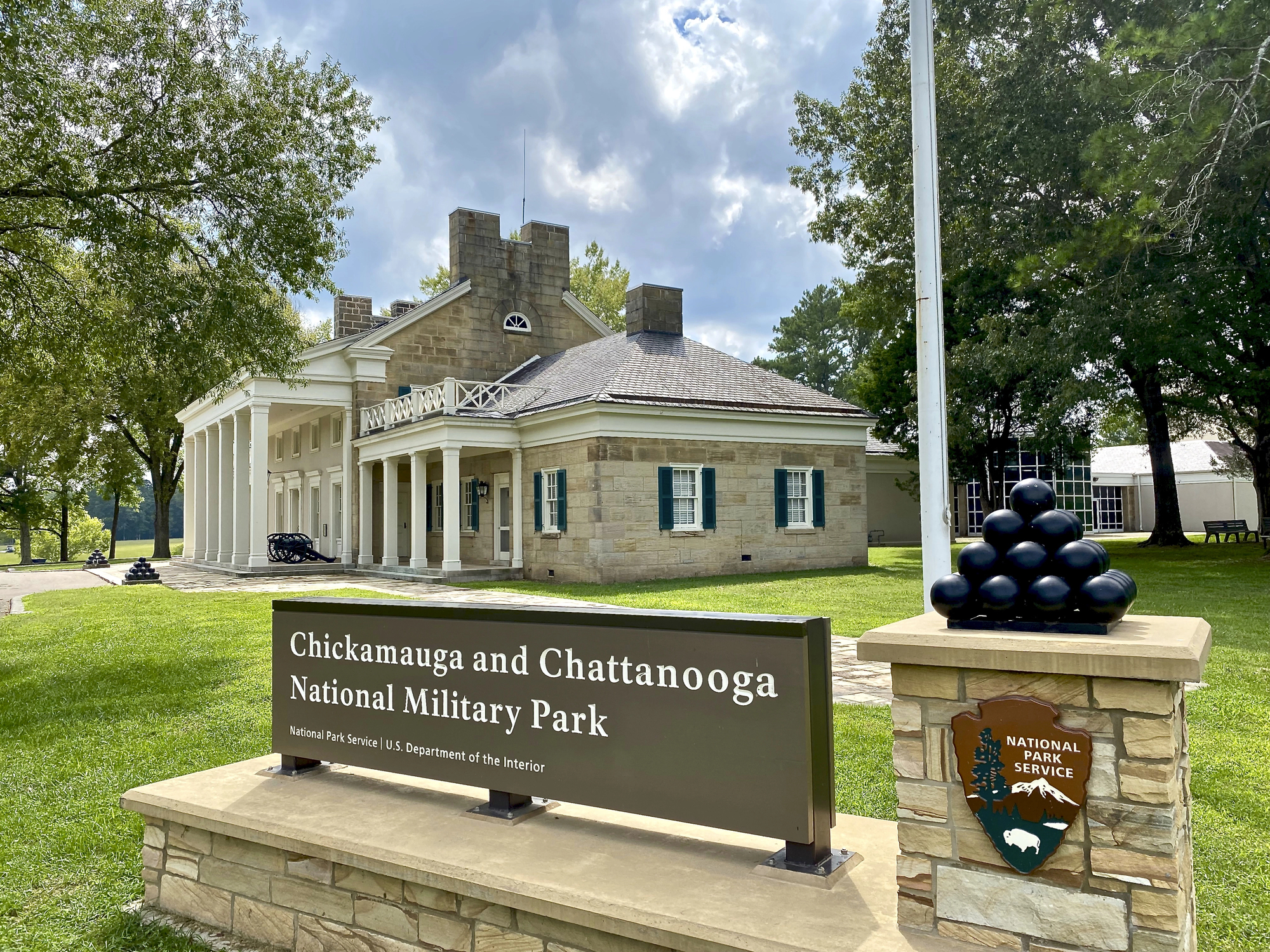
The Georgia woods, where one of the Civil War’s bloodiest battles occurred, now offer miles of peaceful hiking trails. Snodgrass Hill, where Thomas earned his nickname ‘The Rock of Chickamauga,’ provides a serene overlook of the battlefield’s rolling terrain.
The preserved Brotherton Cabin stands as a silent witness to the Confederate breakthrough that nearly won the battle. Modern visitors often report an eerie sense of stillness in these woods, especially near dusk.
Bunker Hill Monument
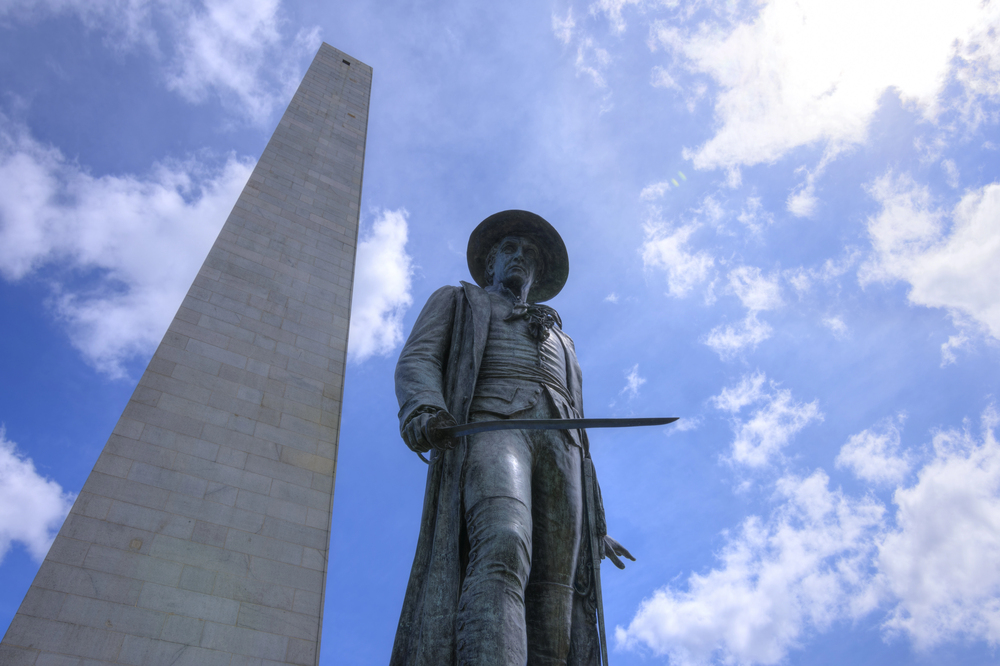
The Boston hilltop, where colonial militia proved they could stand against British regulars, now offers panoramic views of the modern city. The 221-foot granite obelisk marks the site where inexperienced American troops inflicted heavy casualties on the British army.
The surrounding park provides a peaceful green space in the heart of Charlestown, with interpretive panels telling the battle’s story. Walking up the monument’s 294 steps offers time to reflect on the courage displayed here at the Revolution’s outset.
Like Travel Pug’s content? Follow us on MSN.
Fort Sumter
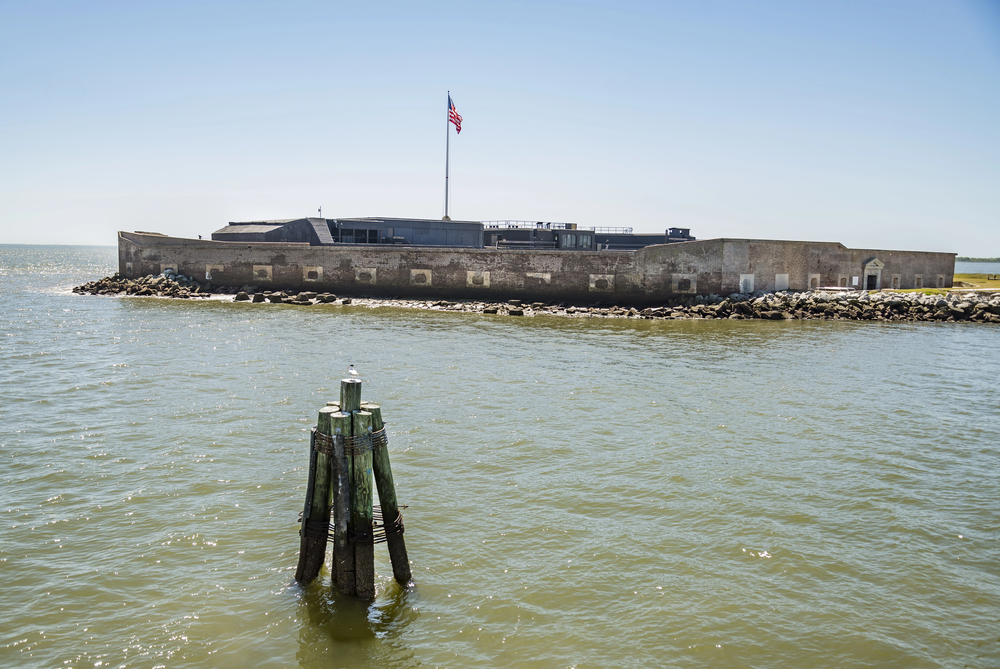
The Charleston harbor fortress where the Civil War began now stands as a peaceful island outpost surrounded by busy shipping lanes. The massive brick walls, though battered by bombardment, still guard the harbor entrance as they have for over 150 years.
Modern visitors arrive by boat, just as supplies once did when the fort was under siege. The daily flag ceremonies take on special significance at this site, where the war’s first shots were fired.
Monmouth Battlefield
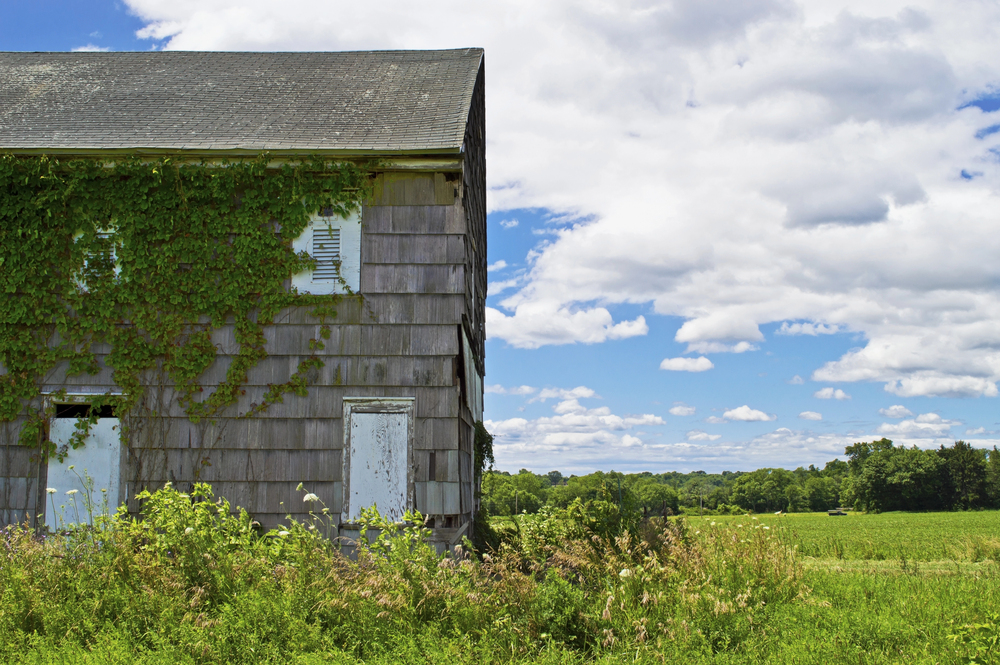
The New Jersey fields where Washington restored his army’s reputation now host one of the state’s most beautiful parks. The rolling terrain where American forces proved their professional training under Baron von Steuben remains largely unchanged.
Molly Pitcher’s Well, though its exact location is debated, symbolizes the role of women who supported the Continental Army. The preserved hedgerows and orchards help visitors understand the battle’s complex tactical situations.
Petersburg National Battlefield
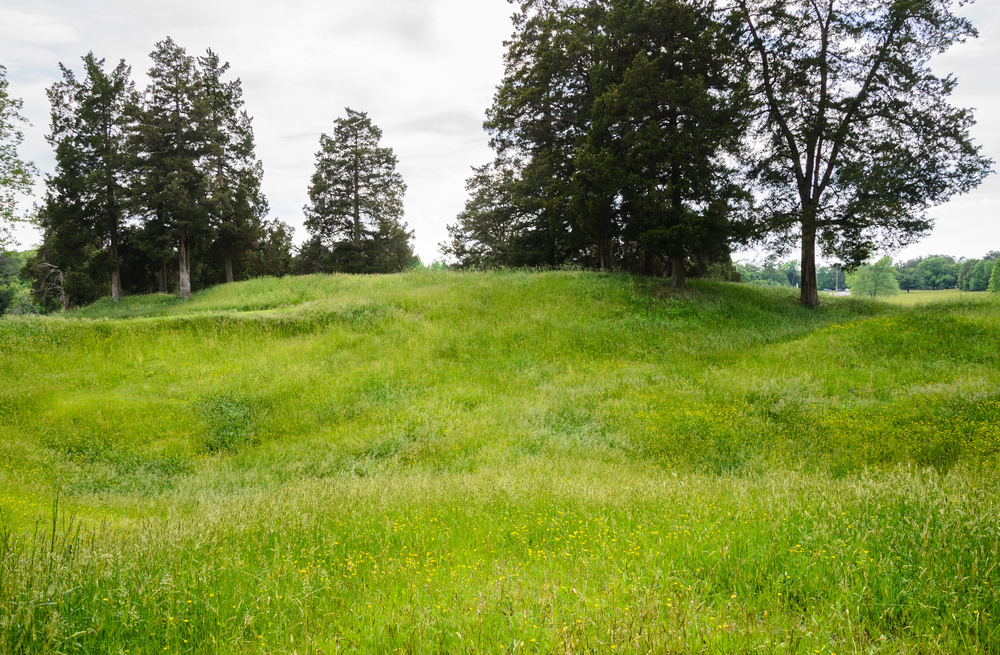
The Virginia siege lines where the Civil War’s outcome was sealed now trace quiet paths through woods and fields. The preserved earthworks, some of the best-maintained Civil War fortifications anywhere, still show the sophistication of 19th-century military engineering.
The Crater, the site of one of the war’s most unusual battles, remains a sobering reminder of the conflict’s innovation and tragedy. Modern visitors can walk nearly 33 miles of original trenches, imagining the daily life of soldiers during the 9-month siege.
Like Travel Pug’s content? Follow us on MSN.
Kings Mountain
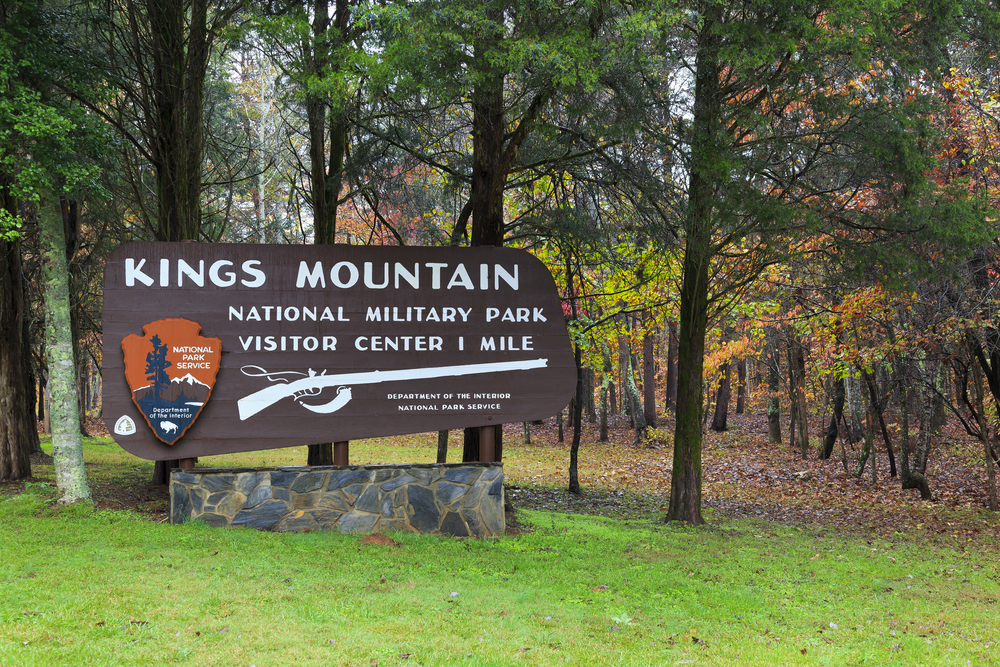
The South Carolina ridgeline where Patriot militia crushed Loyalist forces now offers challenging hiking trails with historical significance. The steep paths modern visitors climb match those the attackers used to approach the Loyalist position.
Restored colonial-era forest conditions help visitors understand how terrain influenced the battle’s outcome. The peaceful summit provides little indication of the decisive hour that helped turn the tide of the Revolutionary War in the South.
Fort Necessity
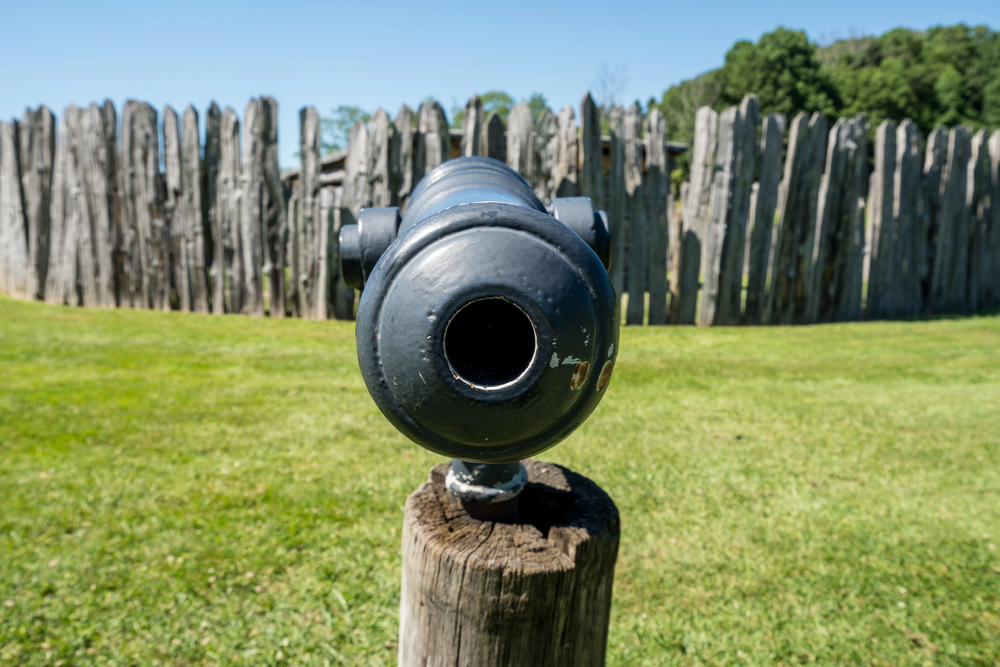
The Pennsylvania meadow where George Washington’s military career began now appears much as it did in 1754. The reconstructed fort, though simple in design, helps visitors understand the desperate situation Washington’s troops faced.
The surrounding grounds, including the colonial road trace, preserve the terrain that influenced the battle’s outcome. Modern hiking trails offer access to related sites, including Braddock’s Grave.
New Orleans Battlefield
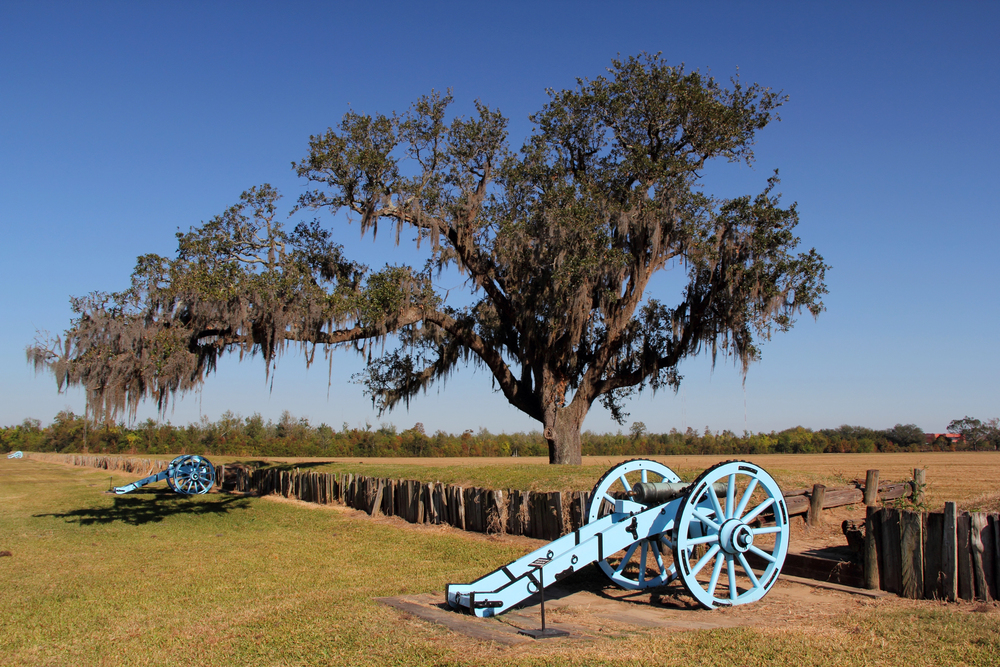
The Louisiana fields where Andrew Jackson’s diverse army defeated British veterans now lie peacefully beneath ancient oak trees. The reconstructed ramparts help visitors understand how American artillery dominated the battlefield.
The Chalmette Monument serves as a familiar landmark along the Mississippi River, visible to passing ships. Modern visitors can walk the same ground where free men of color fought alongside frontier riflemen to defend their city.
Like Travel Pug’s content? Follow us on MSN.
Minute Man National Park
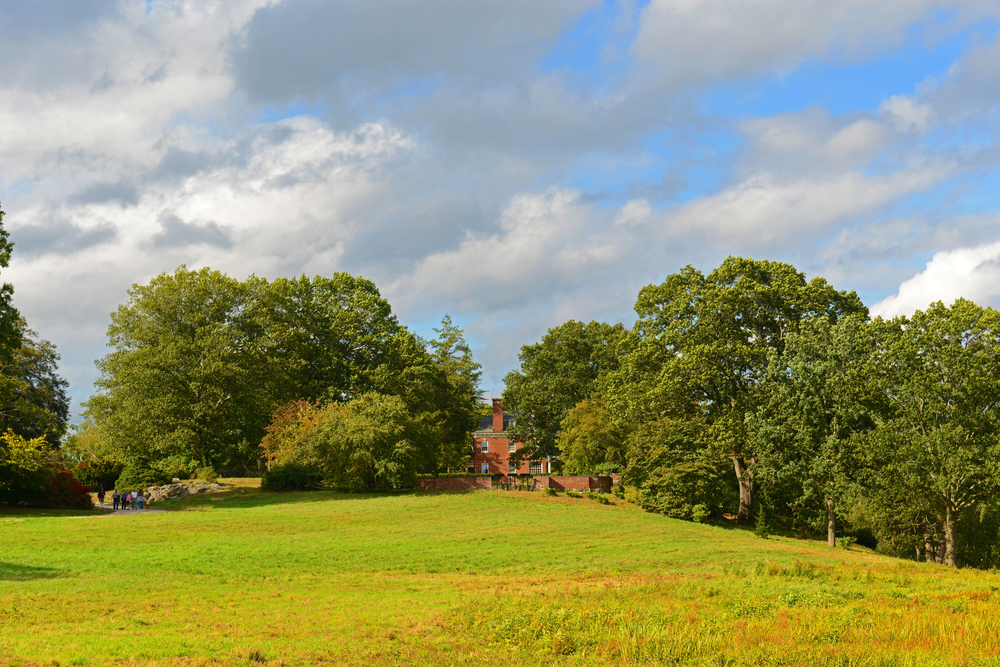
The Massachusetts colonial landscape where the Revolutionary War began now preserves a slice of 18th-century rural life. The historic Battle Road traces the British retreat from Concord, passing through remarkably preserved colonial landscapes.
Paul Revere’s capture site and the North Bridge provide tangible connections to one of American history’s most famous days. Modern visitors can walk or bike the entire battle route, following the same path as both British troops and colonial militia.
Cowpens Battlefield

The South Carolina pastureland where Daniel Morgan outmaneuvered Banastre Tarleton remains remarkably unchanged since 1781. The restored grassland helps visitors understand how Morgan used the terrain to his advantage during this pivotal Southern Campaign battle.
The battlefield trail system leads visitors through each phase of Morgan’s double envelopment tactics. Modern visitors can walk the ground where American troops finally proved they could defeat Britain’s feared cavalry.
Fort Donelson
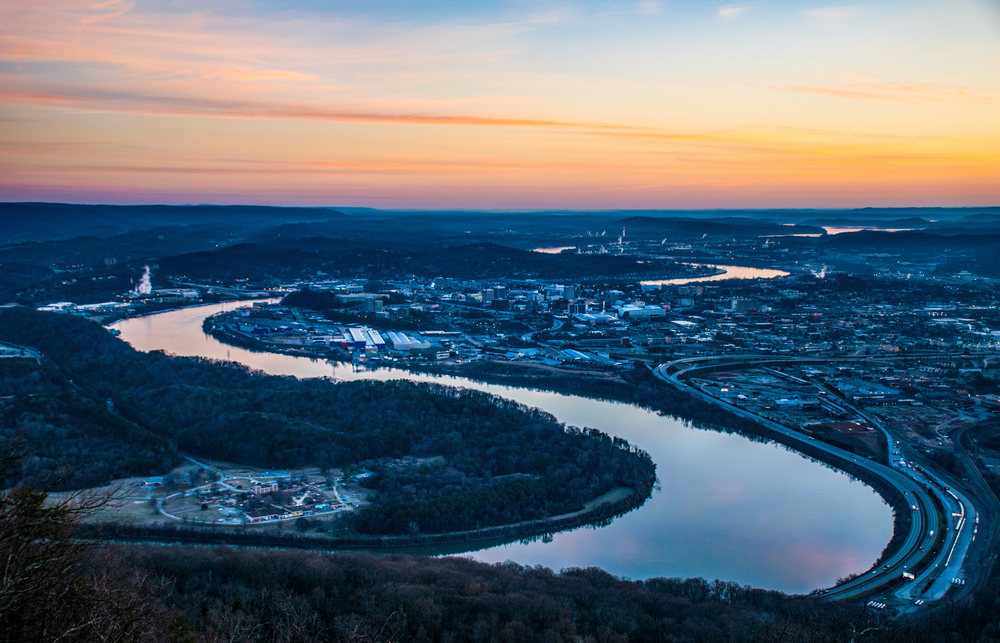
The Tennessee River bluffs where Ulysses S. Grant earned his nickname ‘Unconditional Surrender’ now offer peaceful views of the Cumberland River. The preserved Confederate water batteries still command the river approaches they were built to protect.
Winter visits help modern visitors understand the February conditions troops endured during the 1862 battle. The surrender house, where Grant refused to offer terms to his old friend Simon Buckner, stands as a reminder of the war’s personal cost.
Like Travel Pug’s content? Follow us on MSN.
History’s Enduring Echo
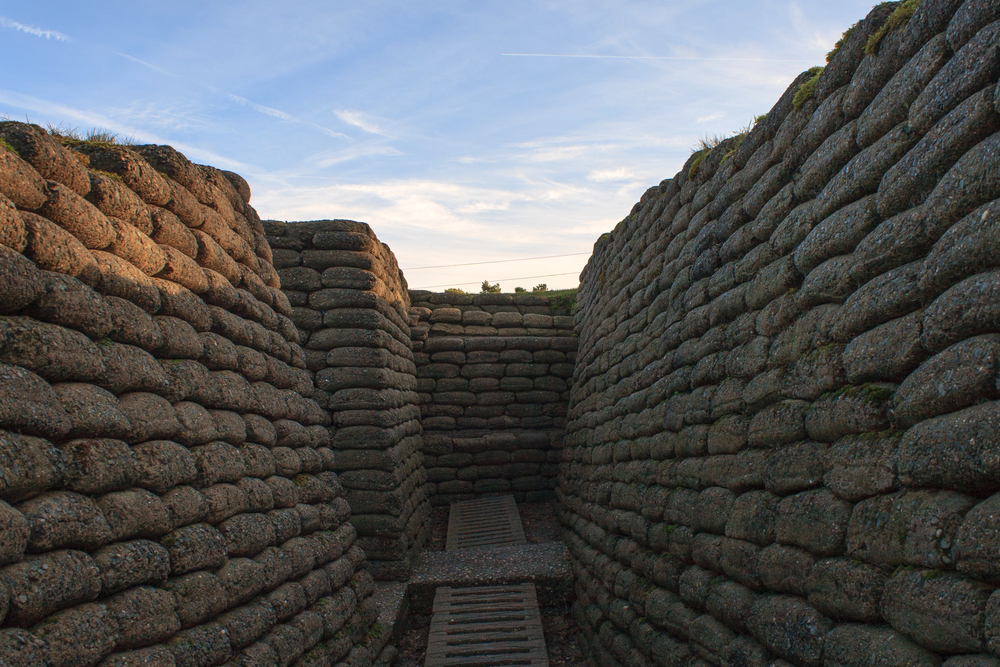
These battlefields represent more than just historic sites – they’re outdoor classrooms where America’s story comes alive through landscape and memory. The transformation from scenes of conflict to places of reflection offers powerful testimony to time’s healing power. Yet these preserved spaces serve a crucial purpose, helping us understand our past while providing peaceful refuge for modern visitors.
Walking these grounds reminds us that the peace we enjoy today was hard-won by those who came before, making these quiet fields some of America’s most sacred spaces.
More from Travel Pug

- 15 Dangerous European Cities to Avoid
- 15 Caribbean Islands Where Tourists Keep Getting Scammed
- The 20 Most Fascinating Abandoned Places: A Journey Through Time and Forgotten Spaces
- 15 Hidden Places in the Smithsonian Museums Locals Love: A Guide to Lesser-Known Treasures
- 16 Hidden Florida Beach Towns That Aren’t Overrun with Tourists
Like Travel Pug’s content? Follow us on MSN.
